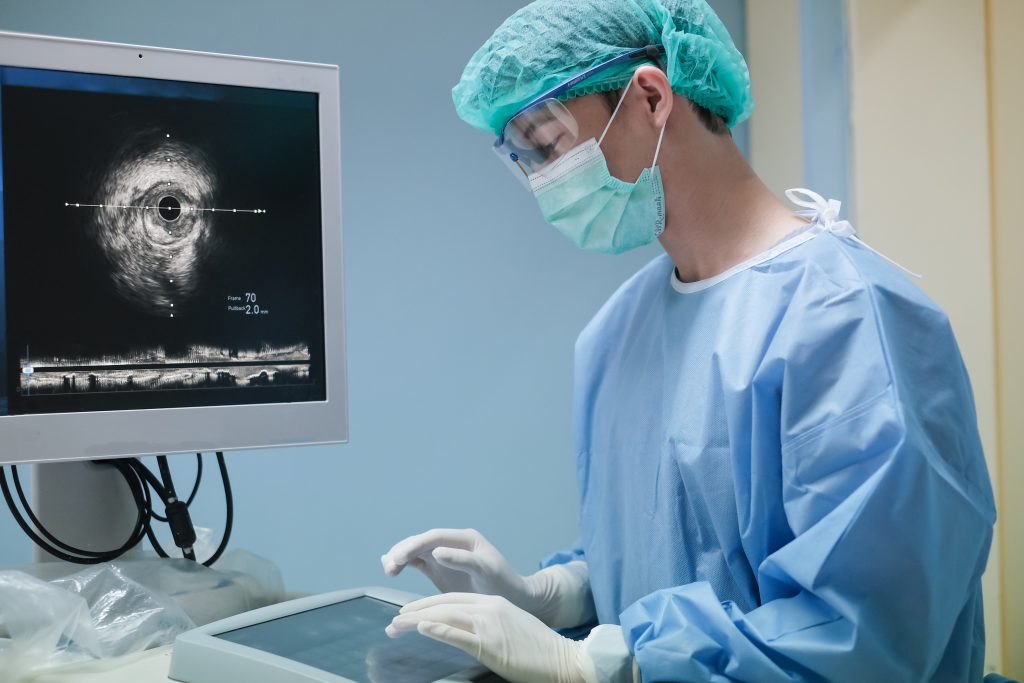Arq. Bras. Cardiol. 2021; 116(6): 1099-1100
One-Stop Shop for Non-Invasive Cardiovascular Imagers?
This Short Editorial is referred by the Research article "Diagnostic Performance of a Machine Learning-Based CT-Derived FFR in Detecting Flow-Limiting Stenosis".
Over the past fifteen years, coronary computed tomography angiography (CCTA) has witnessed rapid technological and scientific advances in the detection of anatomical coronary artery disease (CAD), leading to an improvement in patient care. Visual assessment of stenosis severity using CCTA has a high sensitivity and negative predictive value when compared to invasive angiography, making it an ideal test to exclude obstructive CAD. With its high diagnostic performance associated with an important prognostic impact in the management of CAD, CCTA has finally established itself as a Class I recommendation in international guidelines (European Society of Cardiology – ESC).
However, CCTA is limited by modest diagnostic specificity and only provides anatomical assessment, which does not inform hemodynamic significance of specific lesions. CCTA combined with stress tomography evaluation of myocardial perfusion (CTP) is an accurate modality to determine regional myocardial flow repercussions of coronary stenosis, though it usually requires additional acquisition and is still underused. Derived flow fractional reserve – computed tomography (FFR-CT) is another “physiologic” CT approach in which computational fluid dynamics is applied to standard CCTA data and has emerged as a promising tool for the functional assessment of coronary stenosis. The diagnostic value of remotely performed FFR-CT has been prospectively validated in several large multicenter studies, but requires the use of offsite supercomputers, which can be time-consuming and cost-intensive, limiting its widespread clinical utility. –
[…]
399

